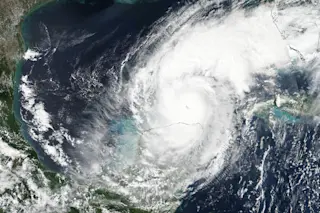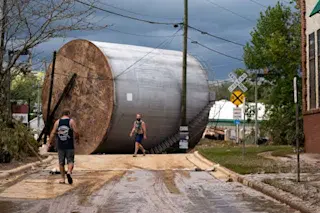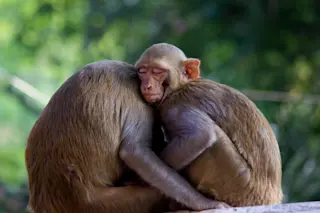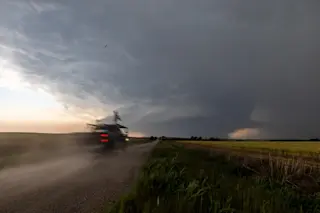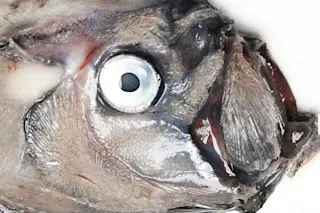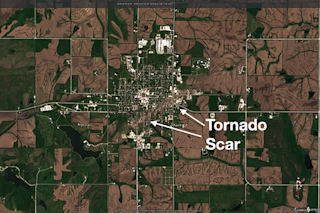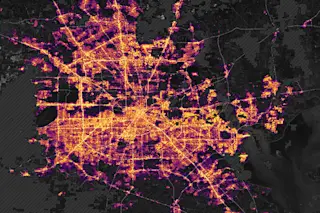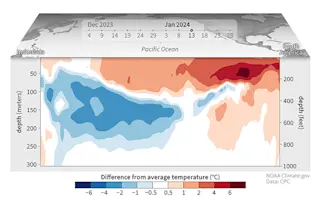Expect rain. Those two simple words can ruin picnic plans or herald rescue for drought-stricken crops. Few things in our lives are as universal as the weather.
“It’s what’s going on in the atmosphere all around us all the time,” says Russ Schumacher, Colorado State climatologist and director of the Colorado Climate Center. “Storms and all the other interesting things that Earth’s atmosphere brings us have this big effect on our daily lives in a lot of ways.” But even though we tune in to local news stations or check apps to find out what the weather will bring, we don’t always trust the forecasts. You’ve probably heard the joke: Meteorology is the only occupation where you can be wrong all the time and still get paid for it.
In reality, weather forecasts have improved in leaps and bounds in just the past few decades. And meteorologists in pursuit of ...




